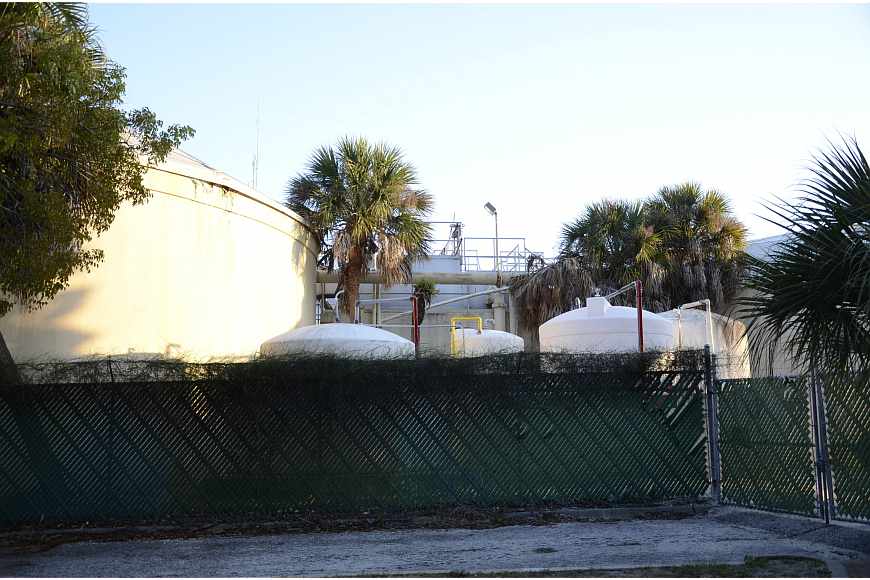- November 7, 2024
-
-
Loading

Loading

The soon-to-be offline Siesta Key wastewater treatment plant was second in the state for reported instances of pollution in waterways, according to a newreport from Environment Florida.
The study, conducted between January 2016 and September 2017, showed the Siesta Key facility released polluted waters that exceeded the levels allowed 27 times, trailing a plant on the Suwannee River in North Florida.
The pollutants released include chemicals such as nitrogen, phosphorus and fecal bacteria.
“The report is related to effluent water quality standards for the Siesta Key wastewater plant, which will be completely taken offline prior to May 1,” Sarasota County Utilities Manager Dave Cash said via email.
Although the report was released last week, the instances of pollution aren’t new for the Siesta Key plant.
Sarasota County took ownership of the plant in 2006. In 2011, the county was fined almost $90,000 for effluent violations, and required to decommission the plant by June 2018.
Cash said the county “completed an in-kind project at that time that involved rehabilitation work on the Siesta Key collection system in lieu of a penalty being assessed.”
The deadline for shutting down the plant near Glebe Park on the Key was originally 2013, but a series of extensions pushed it to this year.
Instead of being treated at the facility on Siesta Key, wastewater will now be transported to a mainland treatment facility via a pump station.
“We are in the process of a carefully planned transition to the new treatment facility, which is currently handling at least 50%of the total flow and will be fully operational no later than May 1,” Cash said. “No more effluent discharge will occur once the transition is complete.”
After May 1, all of the wastewater will flow through the pump station, and the treatment facility is slated to be demolished.
Once the wastewater plant is gone, it will be replaced with emergency holding tanks, which will contain wastewater in the event of heavy rainfall or a “max-day event” that overwhelms the pumps.
For example, during Hurricane Hermine in September 2016, heavy rainfall prompted the county to release 3 million gallons of partially treated wastewater into the canal. The water didn’t go through the final two phases of treatment: disinfection and denitrification. The release of partially treated water allowed the county to avoid an uncontrolled spill of raw sewage into the canal.
Area resident Lori Tiernay has been raising concerns about the facility since she bought her home in 2015 in the area.
“It’s a really good thing for Siesta Key for it to be gone,” she said.
The report from Environment Florida showed that major industrial facilities in the U.S. discharged pollution in excess of their federal permits at least 8,100 times between January 2016 and September 2017.
More than 2,600 of those discharges added pollutants to waters that were already too polluted for uses such as recreation, fishing or drinking water, although that was not the case for the Siesta Key plant.
“DEP’s priority is the protection of public health and safety, and the environment,” a spokesperson for FDEP said in a statement. “That is why we focus heavily on promoting compliance and ensuring facilities understand and are following the state’s environmental laws and regulations, which prevents environmental harm before it even occurs.”
10 other facilities in the state made the list of reported exceedances.